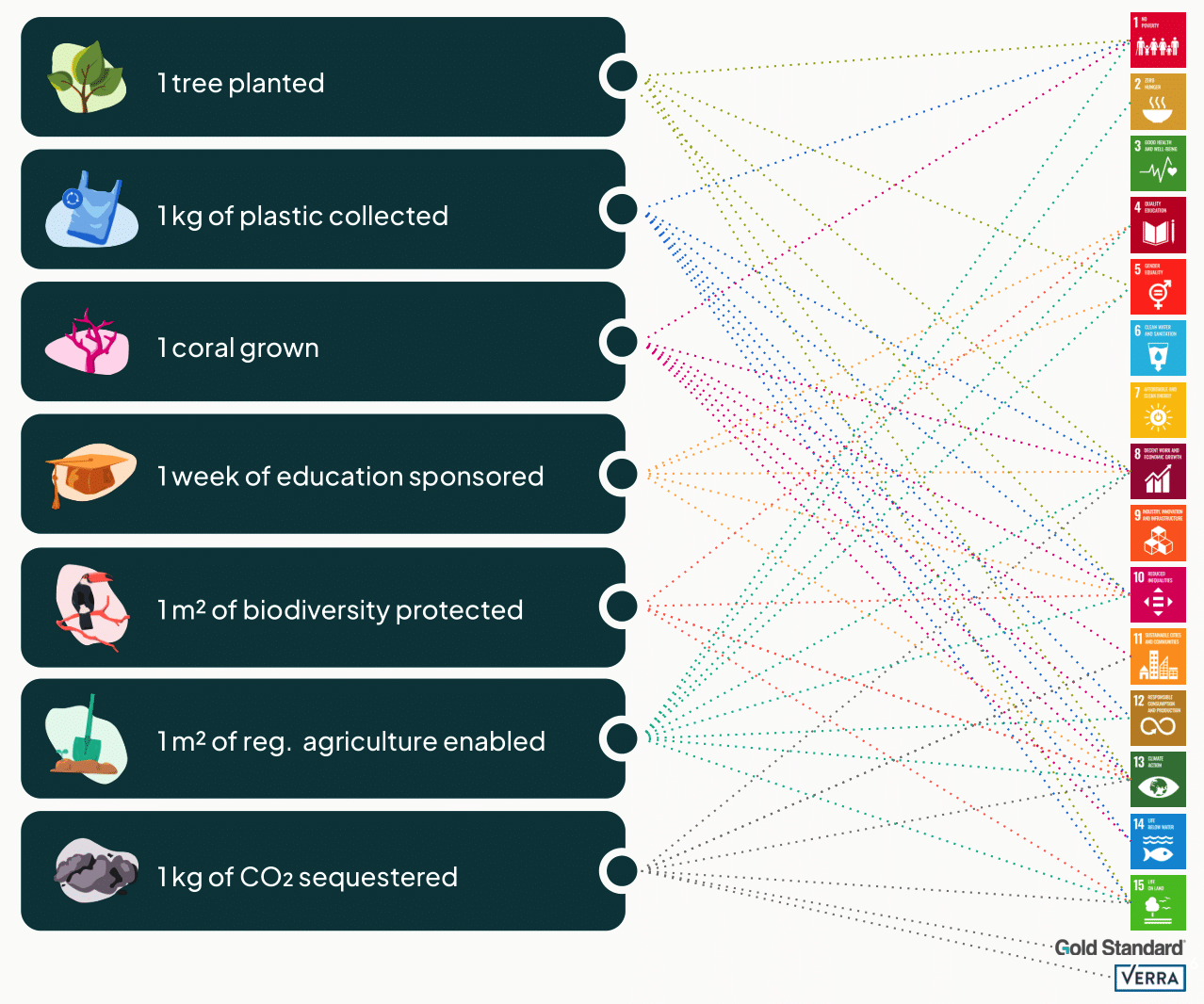.png)
Since the inception of the Sustainable Development Goals (SDGs) in 2015, businesses worldwide have been presented with a unique opportunity. The SDGs provide a roadmap for companies to evaluate their operations, ensuring they contribute positively to society. But how can a business effectively integrate these goals into its operations? Let's delve into the process.
Understanding the SDGs
The United Nations introduced the SDGs as a universal call to action, aiming to end poverty, protect the planet, and ensure prosperity for all by 2030. These 17 goals, ranging from eradicating hunger to promoting gender equality, are interconnected and pivotal for a sustainable future. They are built on five pillars: people, planet, prosperity, peace, and partnership. For businesses, these goals serve as a mirror, reflecting societal challenges and inspiring them to elevate their ambitions.
Why Businesses Should Adopt SDGs
The Roadmap to integrating SDGs into Business Operations
Successfully integrating the Sustainable Development Goals (SDGs) into business operations requires a structured approach. To guide businesses on this journey, we have outlined a sequential 4 steps roadmap:
For businesses, the journey towards genuine sustainability begins internally. It's paramount for companies to first choose SDGs that are most effected by their core operations and day-to-day activities. This internal alignment ensures a foundational commitment to real impact. Once this focus is established, businesses can then explore external impact SDGs that not only resonate with their broader goals but also aim to engage stakeholders and spread awareness. An example of this engagement can be planting a tree bundle for every attendee at a company conference, thereby fostering a culture of sustainability and raising consciousness about the importance of SDGs. By starting from within and then expanding outward, companies can ensure a holistic and sincere approach to sustainability.
Once priorities are established, businesses should set clear, actionable objectives related to their chosen SDGs. These can either be new objectives formulated specifically for the SDGs or reworded existing objectives to better align with them.
The next step is to identify actions that align with the set objectives. This involves brainstorming potential actions and categorizing them according to the relevant SDGs. For instance, a company offering free bicycles to new employees might impact SDG 11, which focuses on sustainable cities and communities.
To ensure that SDG-related actions are effective, businesses must regularly measure and report on their progress. You can seamlessly monitor, showcase and market your positive impact by integrating our tools into your business ecosystem in the form of customised landing pages or our live impact counters directly on your website.
How Impact Hero Can Assist
Impact Hero offers businesses a streamlined approach to integrating sustainability into their operations and boost external positive SDG impact. Whether it's planting trees for every product sold, restoring coral reefs, or sponsoring education, Impact Hero provides diverse, verified impact products tailored to a company's needs. Their solutions cover three key areas:
By partnering with Impact Hero, businesses can seamlessly weave sustainability into their existing workflows, transforming everyday operations into global contributions. Following is the impact hero SDG chart which connects our impact solutions to their SDGs, offering insights into which SDGs they can most effectively address.

The UN SDGs offer a robust framework for businesses to make a positive societal impact. By identifying relevant goals, setting clear objectives, and measuring their impact, companies can not only contribute to a sustainable future but also foster engagement among their stakeholders. With platforms like Impact Hero, the journey towards sustainability becomes simpler, more effective, and impactful.